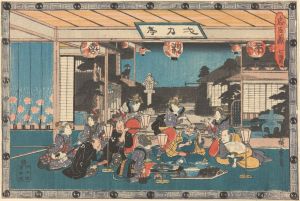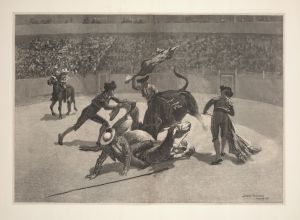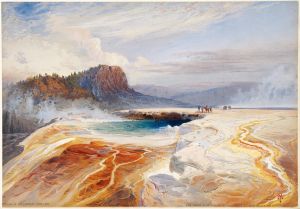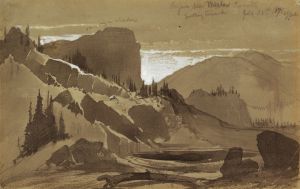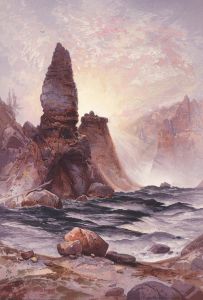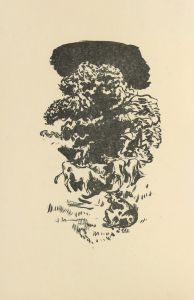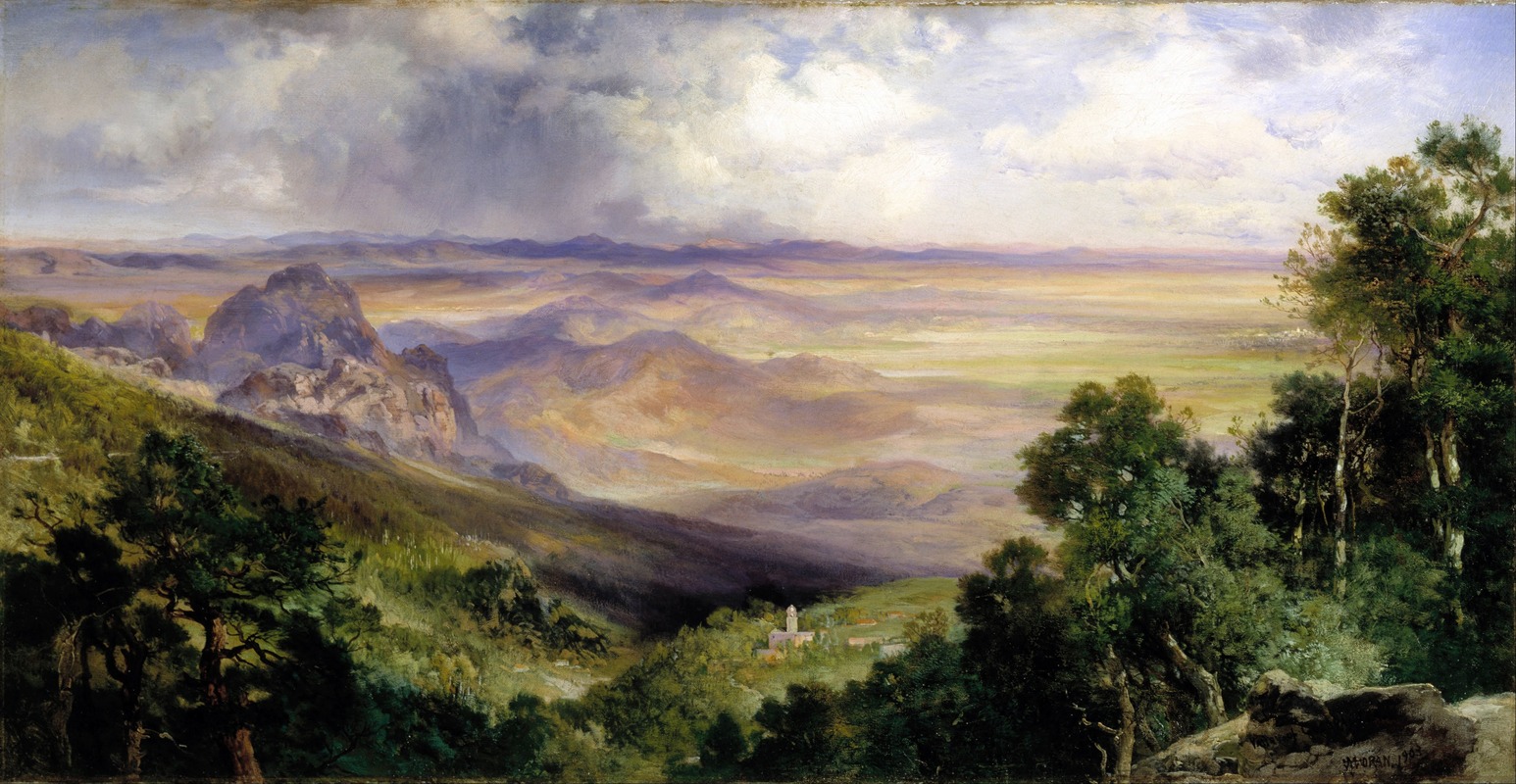
Valley of Cuernavaca
A hand-painted replica of Thomas Moran’s masterpiece Valley of Cuernavaca, meticulously crafted by professional artists to capture the true essence of the original. Each piece is created with museum-quality canvas and rare mineral pigments, carefully painted by experienced artists with delicate brushstrokes and rich, layered colors to perfectly recreate the texture of the original artwork. Unlike machine-printed reproductions, this hand-painted version brings the painting to life, infused with the artist’s emotions and skill in every stroke. Whether for personal collection or home decoration, it instantly elevates the artistic atmosphere of any space.
Thomas Moran's "Valley of Cuernavaca" is a painting created by the renowned American artist Thomas Moran, who is best known for his dramatic landscapes and contributions to the Hudson River School and the Rocky Mountain School of painting. This artwork depicts the lush and picturesque valley surrounding the city of Cuernavaca, located in the state of Morelos, Mexico. The painting captures the region's natural beauty, characterized by its verdant vegetation, rolling hills, and distant mountains.
Thomas Moran (1837–1926) was an artist celebrated for his ability to convey the grandeur and majesty of landscapes. His works often emphasized the interplay of light, color, and atmosphere, and "Valley of Cuernavaca" is no exception. The painting reflects Moran's skill in rendering expansive vistas and his interest in exploring locations beyond the United States. While Moran is most famously associated with his depictions of the American West, such as Yellowstone and the Grand Canyon, this particular work demonstrates his broader interest in capturing the diverse landscapes of North America.
The exact date of the painting's creation is not widely documented, but it is known that Moran traveled to Mexico in the late 19th century. During this period, he produced several works inspired by the Mexican landscape, which he found to be both exotic and compelling. "Valley of Cuernavaca" is one of the pieces resulting from this journey, showcasing Moran's ability to adapt his artistic style to new environments while maintaining his signature attention to detail and atmospheric effects.
Cuernavaca, often referred to as the "City of Eternal Spring" due to its temperate climate, has long been a source of inspiration for artists and writers. Moran's depiction of the valley captures the region's serene and idyllic qualities, emphasizing its natural beauty and cultural significance. The painting likely reflects Moran's admiration for the area's unique geography and his desire to share its splendor with audiences unfamiliar with the Mexican landscape.
As with many of Moran's works, "Valley of Cuernavaca" demonstrates his mastery of composition and his ability to evoke a sense of wonder and awe. The painting serves as a testament to his artistic vision and his commitment to portraying the natural world in all its diversity and splendor. Today, Thomas Moran's works, including "Valley of Cuernavaca," continue to be celebrated for their artistic and historical significance.





